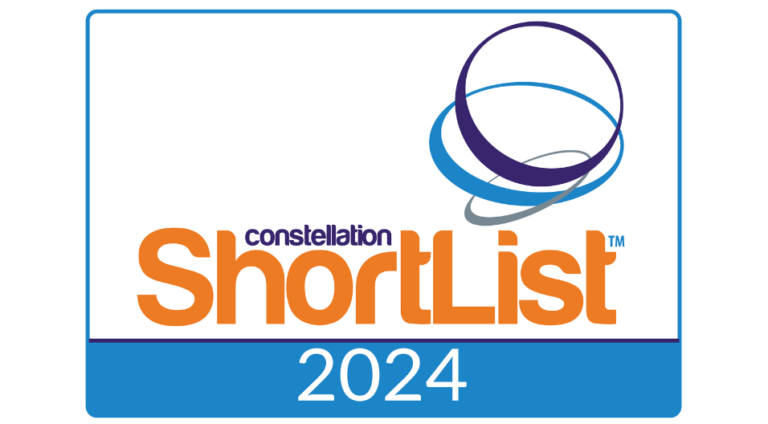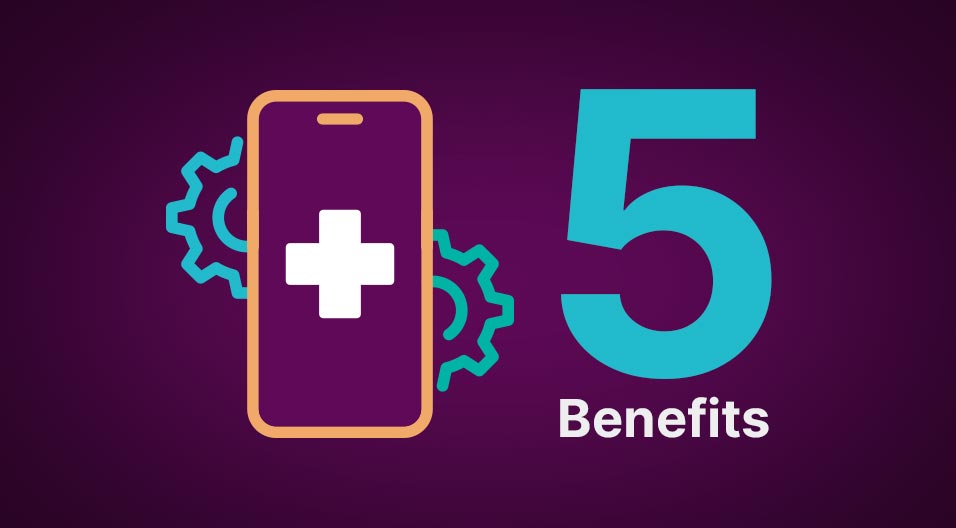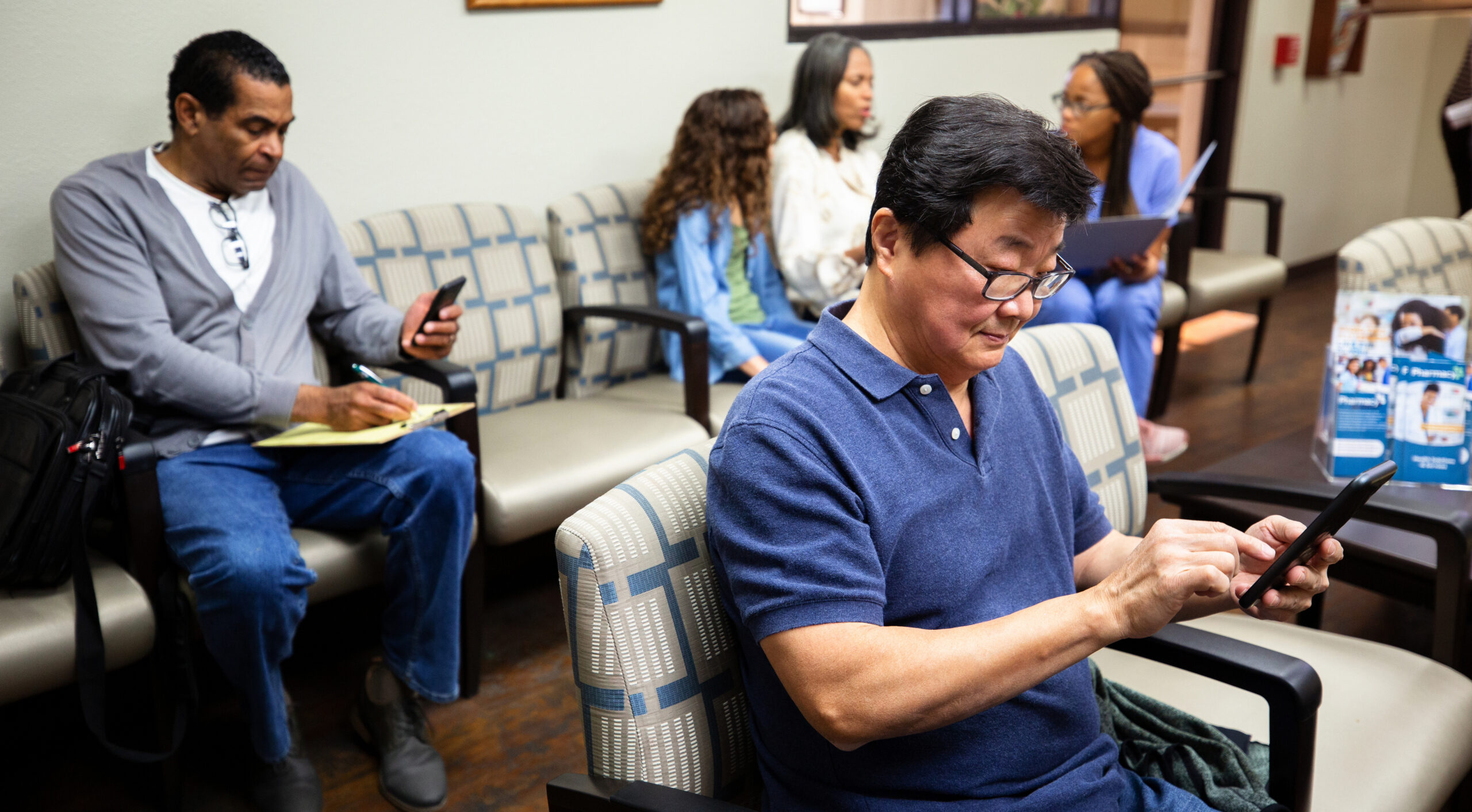“Quality, safety, and service. If we do it right, the patient is going to have a great experience.” ~ Jennifer Kreiser MS, BSN, RN, NE-BC, Vice President Patient Care Services Nurse Executive, Sentara Leigh Hospital
Last month, I wrote an article in honor of Patient Safety Awareness Week that described my own patient experience. As a quality professional steeped in the patient safety literature and framework, I recounted the care I experienced as seen through the patient safety lens.
Now that we are celebrating Patient Experience Week, as promoted by the Beryl Institute, I felt it was important to emphasize how a patient’s experience is influenced by an organization’s safety culture and how the tried and true safety improvement methods can be used to drive experience improvements. With my own healthcare experiences, safety — both my own and that of the staff — has been a key factor.
We Have the Tools to Measure, But How Do We Use the Data?
Considering all that is done in healthcare to improve the patient’s experience, organizations may already have many of the important pieces of infrastructure to provide error free care and delight the patient and family. They may include strategies such as:
- Recommended service behaviors for your employees.
- Patient and Family Centered Care principles as an operating framework.
- Patient Rights and Responsibilities poster and policy, required by CMS.
- Patient and Family Advisory Council.
- Sharing of patient stories at Department Leadership and other meetings.
- Leader and nurse leader rounding that compiles information on patient experience.
- Complaint management system that is supported by front line, management, and Patient Advocates.
- Participation in the mandatory CAHPS surveys for public reporting.
With all the information that organizations can extract from these activities, how do they learn from what the patients are telling them? How do they use the information from these disparate sources to identify trends and patterns? And are they able to identify areas of potential failure and resolve them before they happen again?
Identifying Safety Failure the First Time Around
James Reason, PhD, the leading authority on error management, discusses errors associated with the airline and energy industries in his book Managing Maintenance Errors. While reviewing his book, it caught my eye when he concluded the following: “…the large majority of slips, lapses and mistakes fall into systematic and recurring patterns…More than half of the incidents (particularly those with bad consequences for the aircraft) were recognized as having happened before.”
This reminded me of times when I worked in the hospital setting when we knew there was an issue and we waited until the other shoe dropped. I thought to myself, why did we wait? Is there an action we could have taken to improve the situation and prevent the event? Was there information that we didn’t analyze to identify the area of risk?
We know there are slips, lapses, and mistakes when we provide clinical care that may result in the lack of communication about the patient’s status or needs, fails to ensure patient’s understanding of discharge instructions, or provides conflicting information from clinical disciplines. There are many of these on a daily basis that, at some point, could result in harming the patient. These impact the patient’s perceptions of care, communication, coordination, and teamwork.
In addition to the slips, lapses, and mistakes, there are local system issues/aspects that can vary from unit to unit or organization to organization that can influence the patient’s experience. According to Reason, these local issues include documentation, time pressure, coordination and communication, fatigue, bad procedures, procedure usage, and personal beliefs that could promote violations. He says: ”Among the most influential local conditions influencing work quality are the tools and equipment available to do the job.”
These local issues contribute to variation in practices and in the patient’s experience where they might say: “You are not doing it the same way that another nurse did. Who is doing it right?” These local issues are at the sharp end of healthcare – the point at which the patient experiences the care.
Doing More With the Data We Have
Given the potential issues, I wonder if organizations systematically analyze data sources to identify patterns and trends? Do they sufficiently mine the data they identify in early warning systems, such as rounding? What are the patients saying at the local level that they can track and trend and subsequently improve? How is the data from these information sources used to provide the care givers with a comprehensive 30,000 foot view of what the patient is experiencing?
If Reason is right, we need to create a robust system of data integration that identifies trends and patterns. Once we have that data, organizations can use its teams of experts at the local nursing unit practice committee to group and analyze the contributing factors. In turn, the team can institute a series of quality improvement projects that systematically address the patterns and trends and reduce the incidence of the individual issues.
In his book, Reason identifies the key elements of a successful organization that focuses on safety. He asserts that a safe culture is one that is an informed culture whereby the organization collects, analyzes, and disseminates information about past events and close calls. Reason also makes the claim that a safe culture is a learning culture in which reactive and proactive data are used to guide continuous and far-reaching quality improvement. These same principles apply to a patient and family centered care culture, and it’s so important for an organization to have an informed culture with regard to what patients are saying about the care they receive.
If an organization conducts post-discharge or post-encounter outreach, analyze the data to identify trends and patterns in gaps in care or systems that are not working as you designed. If rounding is performed, collate the information in meaningful ways that help to identify trends and patterns in what patients are identifying as unmet needs. Incorporate the data into ongoing PDSA (PLan Do Study Act) quality improvement cycles to learn and improve, and then find ways to disseminate the information so everyone in the organization is aware of the changes underway. These data sources are the linchpin for uncovering needs to accelerate the necessary changes so every patient experiences the safest and best care with their providers.
Taking the Time to Reflect and Continually Improve for the Next Patient
In celebration of Patient Experience Week, I implore readers to take a moment to examine the thoroughness of the use of the data from patients from post-discharge outreach and rounding activities. Assess if your organization is effectively leveraging the data from these early warning systems. Determine how you are using the data to identify trends and patterns in care and if issues are recurring. Evaluate the actions taken from these analyses to ensure the problems have been thoroughly resolved and you are closing the loop with the patient’s concerns. Develop a plan to integrate the lessons learned and continually improve care processes using the voices of your patients.
Unlike other industries, healthcare is fortunate to have intimate and close contact with its customers, those being patients. It is a privilege to ask for their real time feedback even as they are receiving services. It is up to healthcare organizations to honor their voice and provide better and safer care to the next patient.








